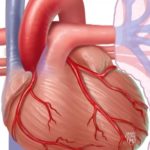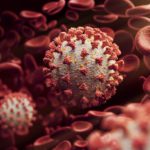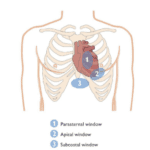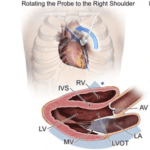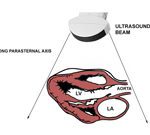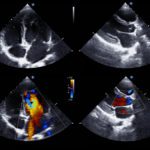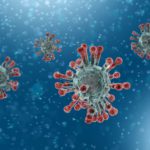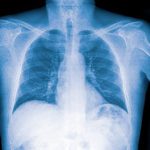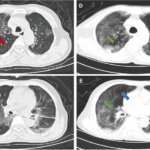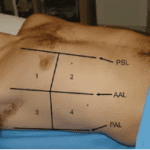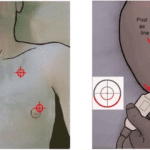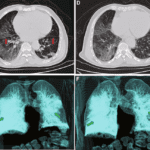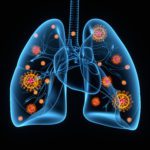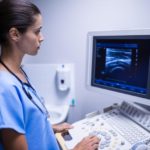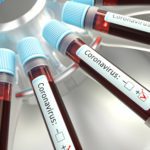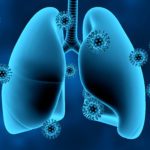People who reside in high-resource communities should count themselves lucky. Those who live in affluent, well-governed communities reap the benefits in many different ways, one of those being healthcare. In remote regions of our world, the story is a little different. Where there are fewer people, there is generally less capital, and medical resources are limited. Point-of-care ultrasound (POCUS) is having a positive effect on these communities.
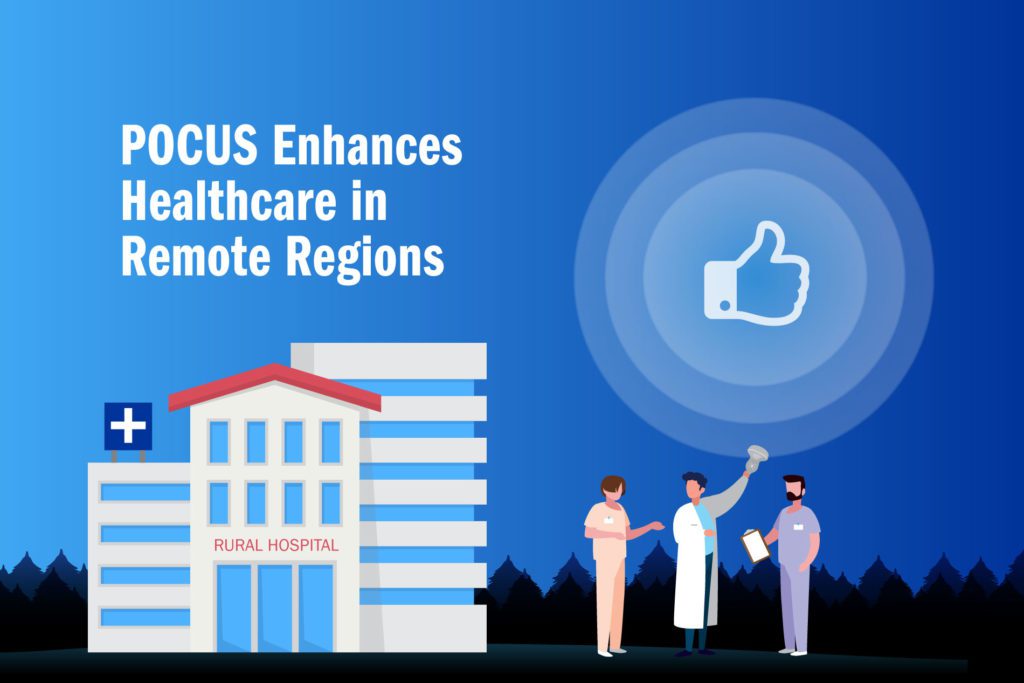
A few quick facts will give some great insight into the reality of healthcare in remote communities. Kicking off with our northern neighbors, did you know that 20% of Canadians live in remote regions? Even with the imaging technology that is already available there, nearly half of the rural Emergency Departments (ED) would still need to transport patients to urban hospitals if advanced imaging was required. This distance could be up to 187 miles.[1]
Hop over the Atlantic to sub-Saharan Africa, where they deal with 25% of the global disease rate, yet only claim 3% of the world’s medical personnel.[2] Other regions like Asia, Australia, New Zealand, South America, Appalachia (U.S.), and parts of Washington D.C. are suffering this gap between medical needs and resources.
In our booming global economy, this doesn’t add up. For example, antenatal care for women in limited-resource regions are burdened with some of the worst possible scenarios during pregnancy, but they have the least access to medical resources.[3] This reality is perplexing, to say the least.
According to the Canadian Journal of Emergency Medicine, this imbalance is due to the following: lack of training, equipment, funding, inability to maintain skills, and lack of quality assurance.[1] Furthermore, from the patients’ perspective, those in need may have to travel long distances to reach a medical provider. Implementing ultrasound has proven to add “benefit of aiding logistical arrangements.” In some cases, “a lack of cultural sensitivity by the service providers” is an issue. Even having access to a reliable source of electricity is a dilemma. Regardless of these roadblocks, POCUS still prevails as a practical tool that can overcome these obstacles.[3]
Organizations like Rad-Aid conduct inspiring work in these rural regions to equip them with the best training and tools necessary for POCUS utilization. POCUS Certification Academy™ is thrilled to be partnering with Rad-Aid in creating and offering custom certification programs for their medical affiliates in places like Haiti.
Even with the wonderful work organizations like Rad-Aid bring, resolving more solutions to bolster the required travel and cost that accompanies on-the-ground training is going to be necessary. The African Journal of Emergency Medicine suggests the sustainability of these efforts is an issue after the training programs have left. Their research article describes “a novel education tool to provide rapid, “tele-review,” quality assurance, and feedback to a group of non-physician clinicians in rural Uganda and its impact on continuing education and skills retention for broad-based POCUS.”
In essence, US-based physicians give feedback and assessment using the technology available that allows communication between thousands of miles. For their 11-month study, 654 POCUS exams were performed and reviewed by US doctors. The review process took on average 48 hours to a few days, which is not a bad turnaround.
In conclusion, researchers found that POCUS use dropped 61% after in-person training had left but then shot back up to 240% upon tele-review.[2] This outcome reveals how continued contact and follow-up enhances and solidifies the presence of POCUS for rural communities. In regions where there is already a shortage of doctors and medical experts, this is a potential training model to build upon for low-resource regions.
It is disconcerting that in our trillion-dollar global economy, people are suffering because of a lack of medical resources. The POCUS Certification Academy™ joins Rad-Aid in their passion to close the gap on this particular issue. Interested in knowing more? Listen to our podcast episode where we discuss Rad-Aid’s role in bringing radiology to Haiti and similar countries, as well as our exciting new partnership with them!
References
1) Micks, T., Sue, K., & Rogers, P. (2016). Barriers to point-of-care ultrasound use in rural emergency departments. CJEM, 18(6), 475-479. Retrieved February 18, 2020. Doi:10.1017/cem.2016.337
2) Terry, et al. (2019). Rapid, remote education for point-of-care ultrasound among non-physician emergency care providers in resource limited setting. AJEM, 9(3), 140-144. Retrieved February 18, 2020. Doi:10.1016/j.afjem.2019.05.004
3) Doig, M., Dizon, J., Guerrero, K., & Parange, N. Exploring the availability and impact of antenatal point‐of‐care ultrasound services in rural and remote communities: A scoping review. AJUM, 22(3), 174-185. Retrieved February 18, 2020. Doi: 10.1002/ajum.12138.
[1] https://doi.org/10.1017/cem.2016.337
[2] https://doi.org/10.1016/j.afjem.2019.05.004
[3] https://doi.org/10.1002/ajum.12138
[4] https://doi.org/10.1017/cem.2016.337
[5] https://doi.org/10.1002/ajum.12138
[6] https://doi.org/10.1016/j.afjem.2019.05.004
Ready to get started on your POCUS journey? Check out our many certificates and certifications here.
Looking for additional inspiration? Sign up for our POCUS Post™ newsletter to receive monthly tips and ideas.


